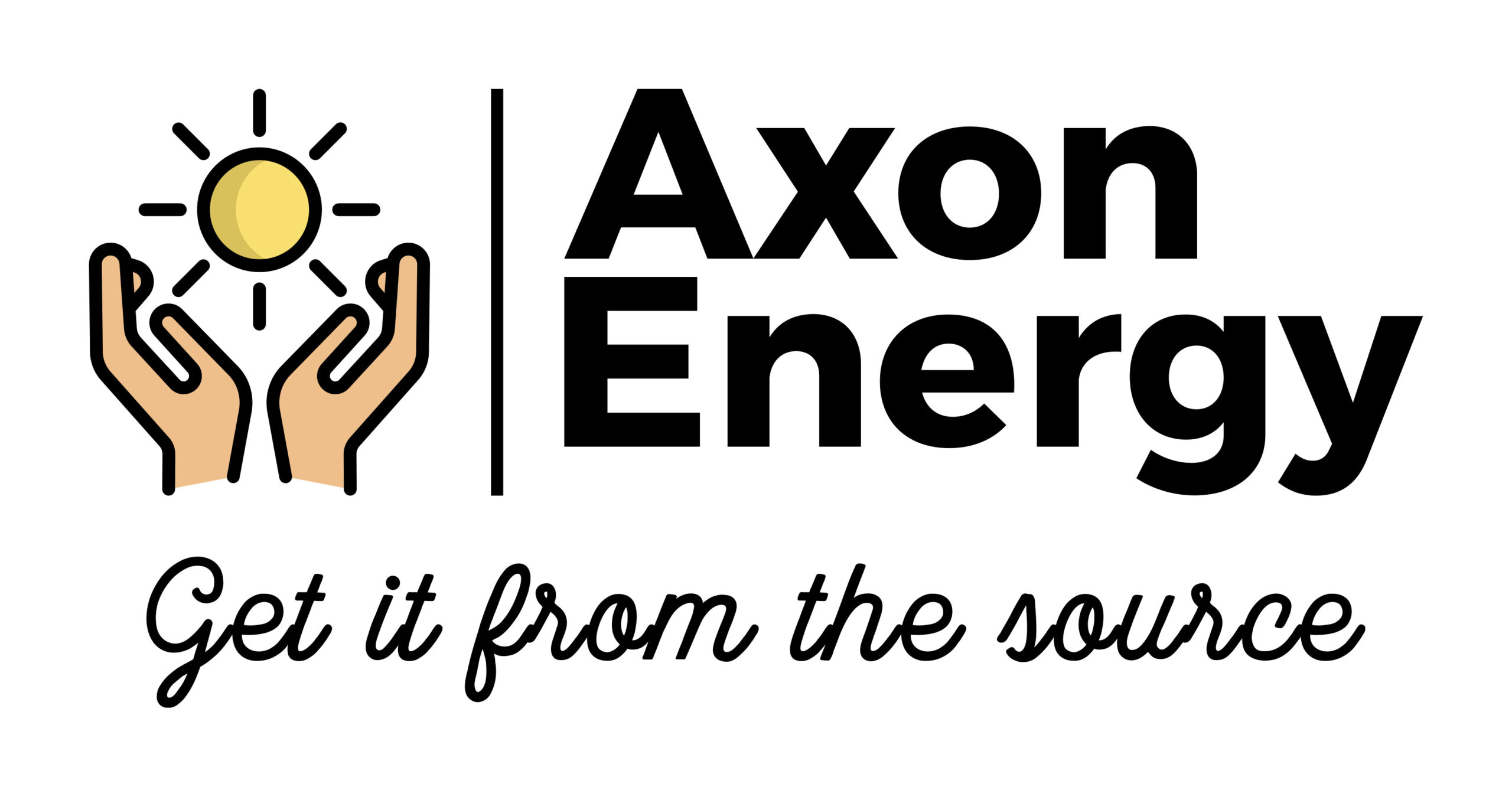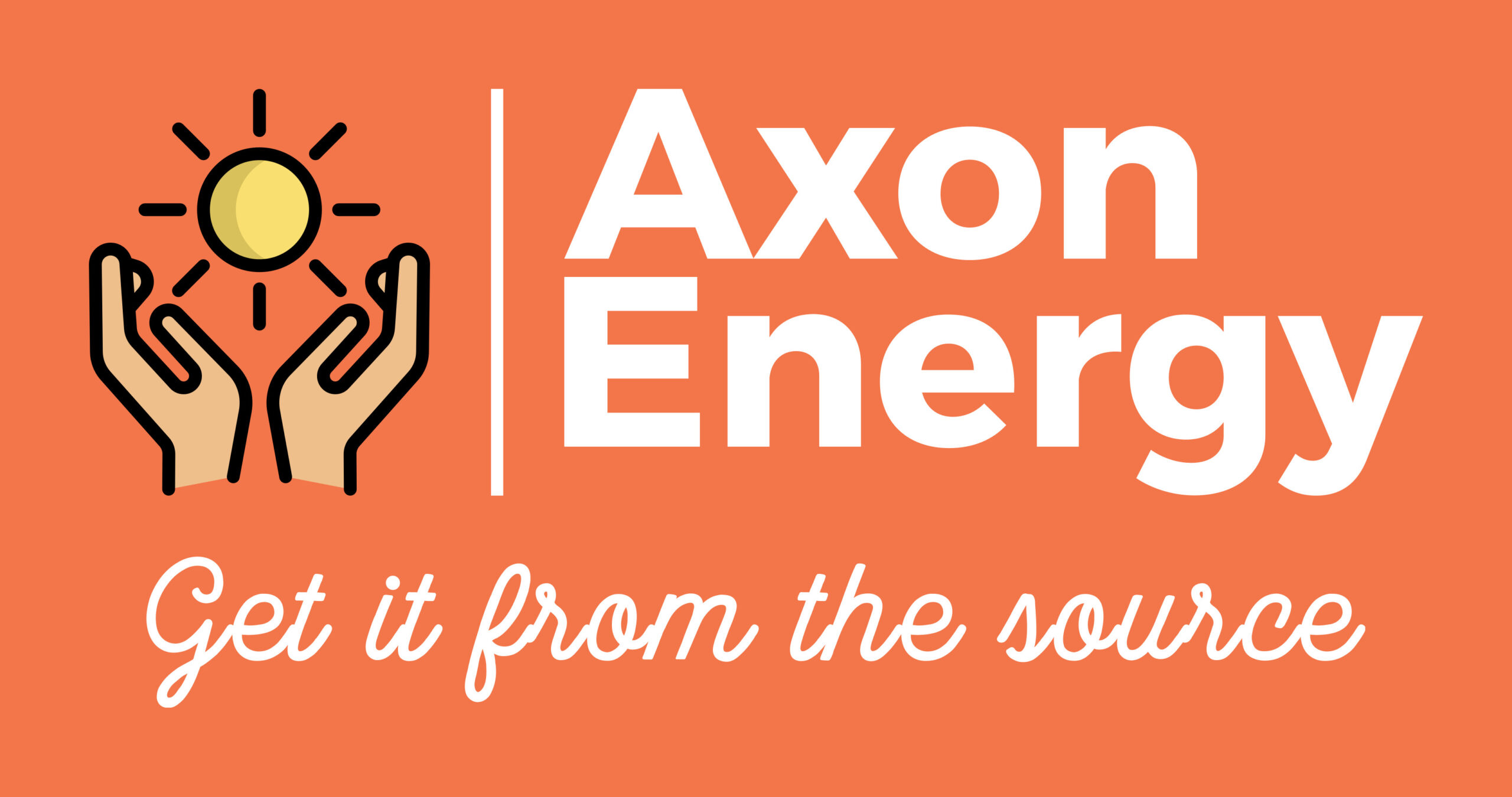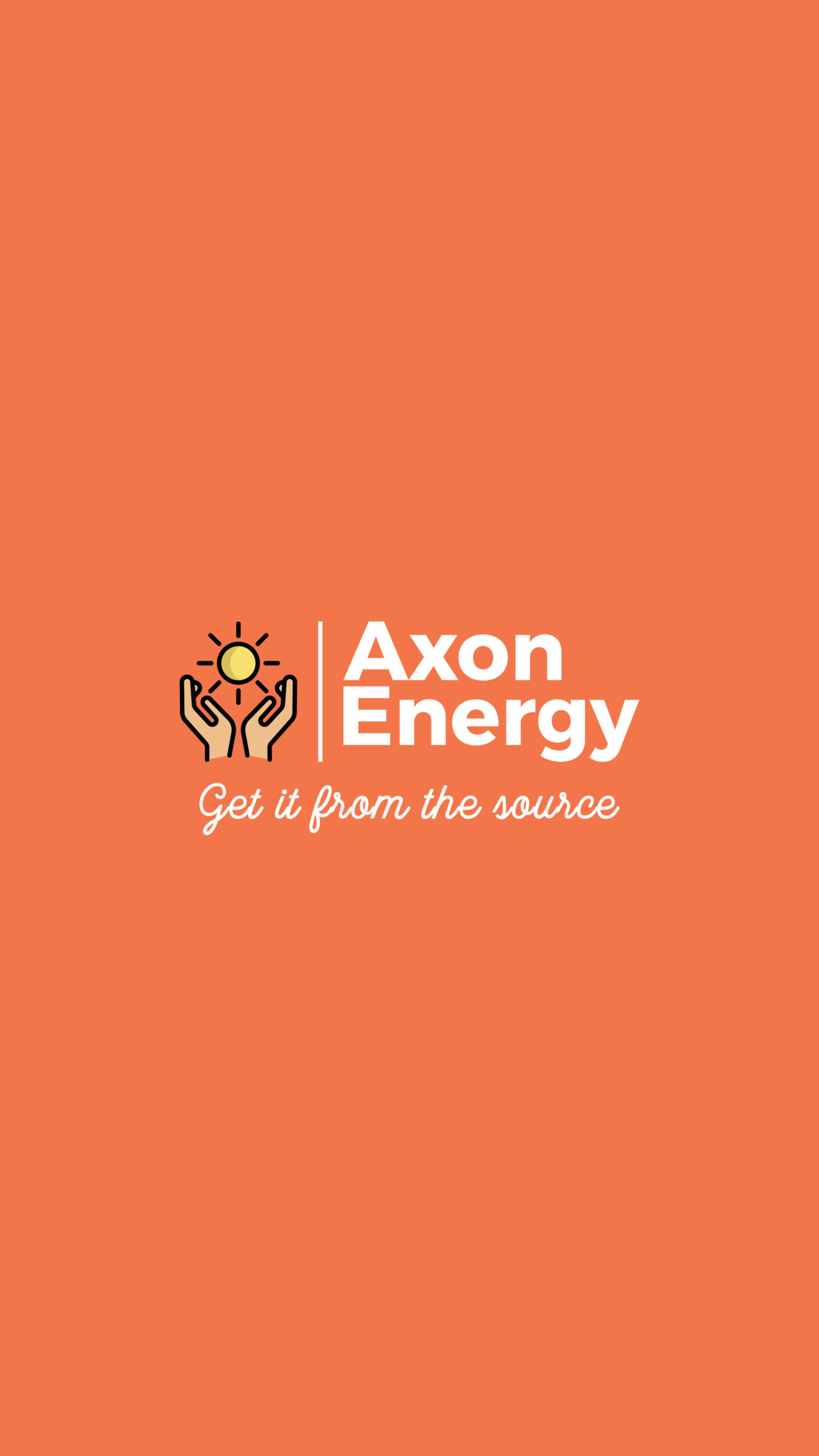Frequently Asked Questions
Browse By Province:
Solar Basics
System Production
Economics
Installation
Maintenance
Solar Basics
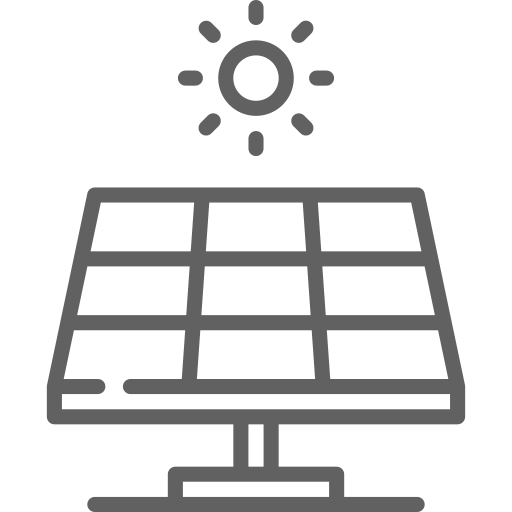
Installing solar panels and transitioning to solar energy is a great way to reduce your carbon footprint and save on electricity costs in the long run. To get started with installing solar, here are the key steps you need to take:
- Assess your energy needs: Determine your average monthly electricity consumption to understand the size of the solar system you’ll require. This information will help you decide how many solar panels and what capacity inverter you’ll need.
- Check your roof suitability: Evaluate the condition and orientation of your roof. Ideally, it should have enough unshaded space to accommodate solar panels and face south (in the Northern Hemisphere) or north (in the Southern Hemisphere) for optimal sunlight exposure. If your roof isn’t suitable, you might consider ground-mounted solar installations.
- Understand local regulations and permits: Research local regulations, codes, and permits required for solar installations. Check with your homeowner’s association, city government, and utility company to ensure compliance with rules and obtain necessary permissions.
- Find reputable solar installers: Seek out professional solar installers in your area. Look for licensed and certified companies with experience in solar installations. Obtain multiple quotes to compare costs and services offered.
- Conduct a site visit and obtain assessments: Invite solar installers to visit your property for a detailed assessment. They will evaluate your roof, shade analysis, electrical system, and other factors to determine the feasibility and design of the solar installation.
Solar energy is generated through the use of solar panels, which convert sunlight into electricity. Here’s a simplified explanation of how solar energy
Solar panels: Solar panels are made up of photovoltaic (PV) cells, usually composed of silicon. When sunlight hits these cells, they create an electric field through the photovoltaic effect. The electric field causes electrons to be released from the atoms within the PV cells.
There are actually 3 different warranties that provide reassurance you’ll be producing power for years to come:
1) Product Warranty – At EVOLVsolar, we only offer panels with a minimum 10-year Product Warranty on materials and workmanship.
2) Performance Warranty – We only choose solar panels that guarantee they’ll produce a minimum 90% of the rated power after 10 years and 82% after 25 years.
3) Service Warranty If there are any labor-related defects from the installation process, EVOLVsolar will repair them free of charge for 3 years after the date of installation.
Making an investment in solar is a personal decision, so only you can answer that. Some questions that you may want to ask yourself include:
Am I concerned about rising power prices?
Would I prefer to continue paying my power bills for the next 30 years, or own my own power production?
Do I want to invest in my property and raise its market value?
Am I concerned about carbon taxes? Do I want to lower my carbon footprint?
If the answer to a few of those questions is yes, then solar might be right for you. Of course, we here at EVOLVsolar will work hard to get you all the information you need to make the right decision.
System Production
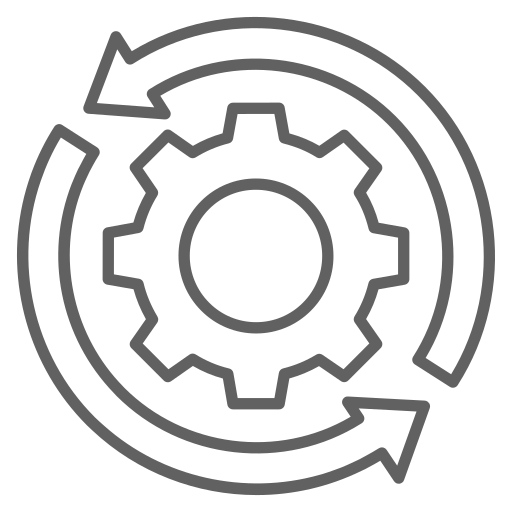
The production of a solar photovoltaic (PV) system can change over time due to various factors. Here’s an overview of what happens to the production of a solar PV system over time:
- Initial performance: When a solar PV system is first installed, it typically operates at its peak efficiency. The panels are new and free from any dust or dirt accumulation, allowing them to capture sunlight optimally. During this initial period, the system produces its maximum rated output.
- Degradation: Over time, solar panels may experience a slight reduction in their energy production. This is known as degradation and is a natural phenomenon that occurs gradually. The rate of degradation varies depending on the quality of the panels and the manufacturer’s specifications. On average, solar panels degrade by around 0.5% to 1% per year.
- Environmental factors: Environmental factors such as dust, dirt, debris, and shading can impact the production of a solar PV system. Accumulation of dust and dirt on the panels can reduce their efficiency by blocking sunlight. Shading from nearby trees, buildings, or other obstructions can also cause a decrease in energy production.
- Maintenance and cleaning: Regular maintenance and cleaning of solar panels can help maintain their performance over time. Cleaning the panels to remove dirt and debris, especially in areas with low rainfall or high dust levels, can significantly improve energy production.
- System lifespan: The average lifespan of a solar PV system is typically around 25 to 30 years. While the panels may continue to produce electricity beyond this period, their efficiency may decline further. It is important to note that solar panels often come with warranties that guarantee a certain level of performance for a specified number of years.
- Monitoring and optimization: Monitoring the performance of your solar PV system is crucial to ensure optimal production. Many systems come with monitoring tools that allow you to track energy generation and identify any issues that may affect performance. Optimizing your system by adjusting panel angles, removing shading, or upgrading components can help maximize energy production over time.
As you would expect, shading a solar PV array for parts of the day will lower it’s expected production. During our quoting process, we take this into account by building a 3D model of your property in our custom software that allows us to model these losses and test different technologies out that might mitigate this impact. For instance, in cases with significant shading we recommend micro-inverters, which provide module-by-module optimization of production which can significantly cut down these losses.
1. Your annual usage in kWh or your monthly billing amount
2. The location that you’d like to install the solar PV array
3. If you’re interested in a roof mount, it also helps that we know the type of roofing (asphalt shingles, metal, etc), the year it was installed and the pitch (e.g. 4/12)
The more information we have, the more accurate our quote will be.
And most importantly, make sure to get solid answers on all your questions – solar PV is a long-term decision that will generally pay you back 3-4 times what you invested over a 25+ year period, but does require an up front investment. It’s important that you feel that you have been listened to and the company you work with will install a quality product designed to stand the test of time.
Economics
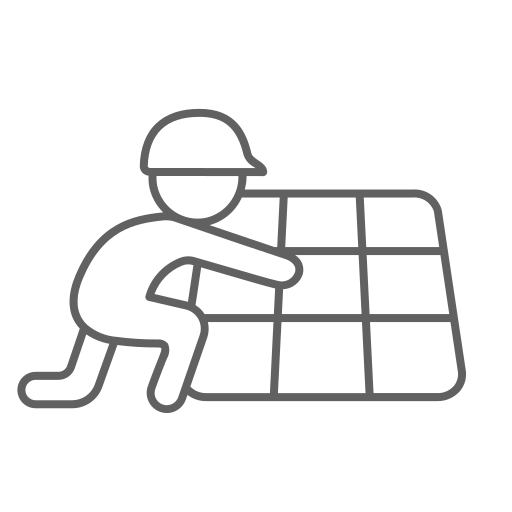
Over the life of the system (30+ years), the cost of solar energy relative to the price paid for the system averages about $0.05 to $0.06 per kWh. The cost of power for most consumers across Western Canada is generally about double that, and will only grow over time with inflation. Effectively, installing solar creates a powerful hedge against increasing energy prices in the future.
1. Your annual usage in kWh or your monthly billing amount
2. The location that you’d like to install the solar PV array
3. If you’re interested in a roof mount, it also helps that we know the type of roofing (asphalt shingles, metal, etc), the year it was installed and the pitch (e.g. 4/12)
The more information we have, the more accurate our quote will be.
And most importantly, make sure to get solid answers on all your questions – solar PV is a long-term decision that will generally pay you back 3-4 times what you invested over a 25+ year period, but does require an up front investment. It’s important that you feel that you have been listened to and the company you work with will install a quality product designed to stand the test of time.
Installation

The ground mount system is a galvanized steel structure that is engineered to handle maximum wind loads in your area, generally up to 120 mph, and snow loads of up to 90+ psf. Basically, it’s designed to handle the worst of what Western Canadian weather can dish out.
1. Your annual usage in kWh or your monthly billing amount
2. The location that you’d like to install the solar PV array
3. If you’re interested in a roof mount, it also helps that we know the type of roofing (asphalt shingles, metal, etc), the year it was installed and the pitch (e.g. 4/12)
The more information we have, the more accurate our quote will be.
And most importantly, make sure to get solid answers on all your questions – solar PV is a long-term decision that will generally pay you back 3-4 times what you invested over a 25+ year period, but does require an up front investment. It’s important that you feel that you have been listened to and the company you work with will install a quality product designed to stand the test of time.
Here are a few simple tips to optimize your roof for a future solar installation:
1) If there is any flexibility in the roof design, choosing one that offers more space for placing panels on South / SW / SE facing portions of the roof will ensure you get good production from your system.
2) Running conduit from the attic to your electrical panel.
3) Consideration of where the roof obstructions are placed is also important (e.g. vents, etc); putting them on the North side or the edges of the roof will leave more room for solar and the installation will look much cleaner.
4) Leave approximately 3’ x 3’ of space near the electrical panel for installation of an inverter.
We generally recommend not to install solar on a roof that has less than 15 years of useful life, as there are additional costs when replacing a roof with a solar PV installation – usually costing $2,000 or more. To save on costs, it may be possible to replace just the portion of the roof where the solar PV system will be installed.
The biggest impediment to solar can be the size of your service, measured in Amps and kVA. For larger systems, the experts at EVOLVsolar will work with you through the quoting process to ensure that there are no surprises during installation.
Maintenance

This is included with all installations in our base cost, as long as you have internet or wifi within reach of your solar PV system. For systems that are not within range, we offer other solutions, including a wifi range extender that can push connectivity out to your solar array.
Maintenance is almost nil with no moving parts. We do model for losses from snow, but some customers choose to remove excess snow buildup to maximize production. Also, every few years it’s ideal to clean the panels if there’s dust buildup in your area that’s not being washed away by precipitation.
Most of your production comes in the spring, summer and fall months when there is more daylight. That said, we do account for snow losses in the estimates provided to customers assuming they don’t do any maintenance – These are 3% to 5% per year according to a 5-year study conducted by a NAIT college in Edmonton.
If you do want to maximize production, for hard-to-reach modules you can use a telescoping brush or squeegee to knock the snow off. Even if you can’t reach all the modules, since the solar PV cells absorb light, they actually run 20-25 degrees hotter than the outside temperature… so as long as those PV cells are exposed to sunlight, the rest of the snow will melt off over a period of sunny days.
Solar panels themselves are manufactured with tempered glass that is normally rated for 1” hail hitting it directly at 55 miles per hour or more. Given they’re normally installed at a 20 degree angle or greater and that storms often come from the West or North, this means that hail will impact it at an angle, allowing it to withstand even greater force.
For additional protection, you can get your solar PV system added under the insurance policy for your home, farm or business. Depending on the assessed value of your property, often times there can be no additional charge or a very small increase given it’s such a durable product.
